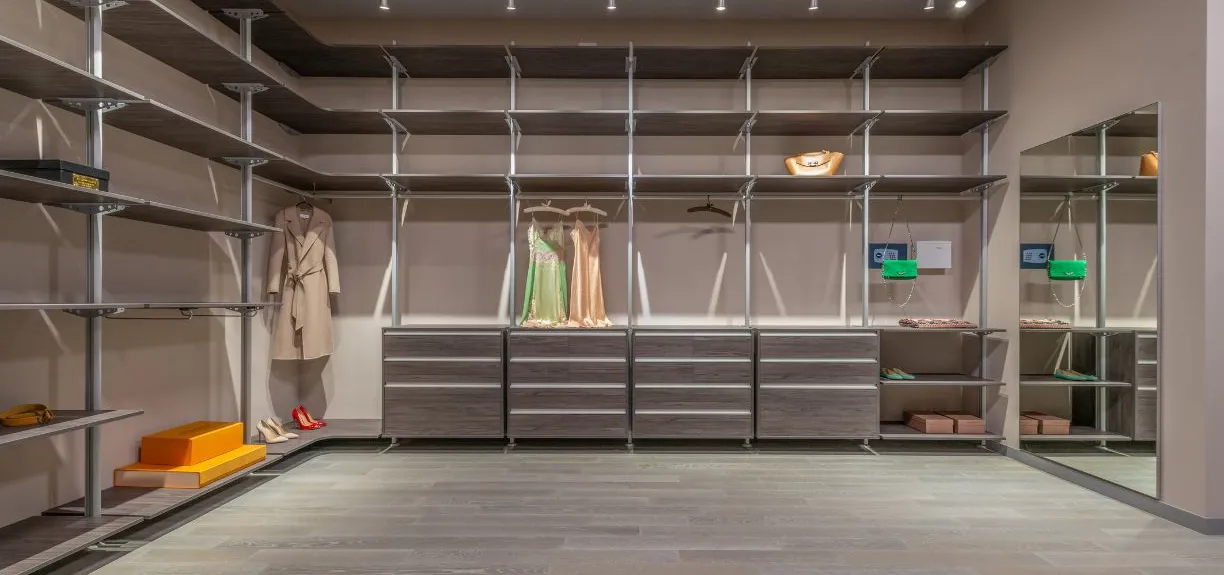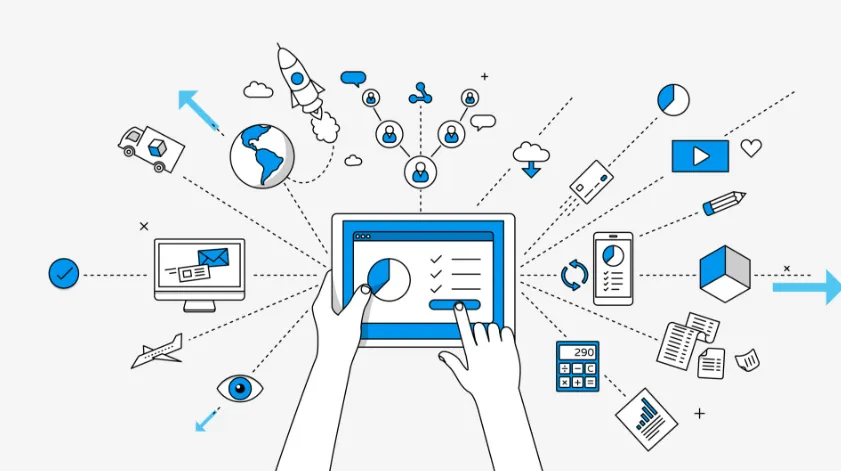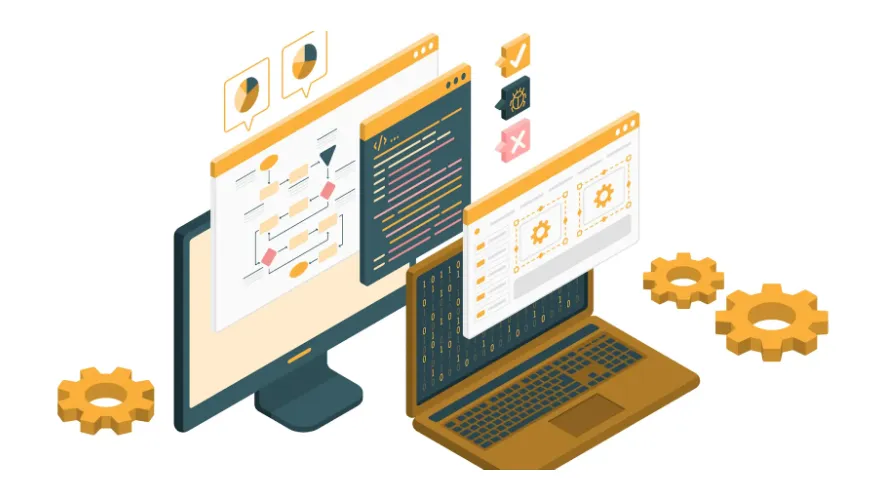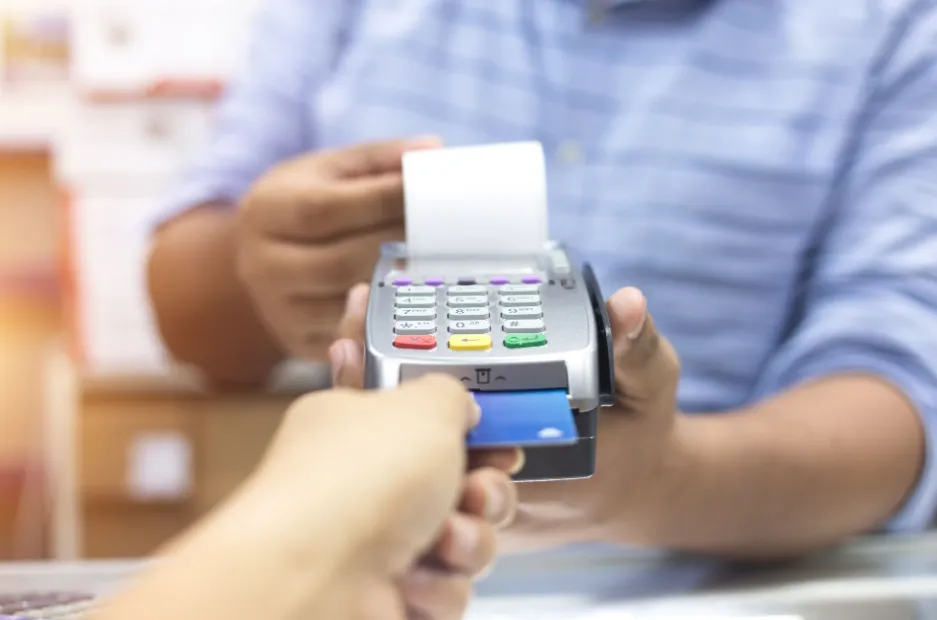The integration of solar panels with smart home technology represents a significant advancement in energy efficiency and home automation. This synergy not only promotes sustainability but also enhances the convenience and monitoring capabilities of a home’s energy system. Here’s how to effectively connect solar panels with smart home technology:
- Understand Your Solar Setup
Before integrating smart technology, it’s essential to understand your existing solar panel setup. This includes the type of solar panels, the inverter, and how the system is connected to your home’s electrical grid. Familiarize yourself with the specifics of your system’s output and any existing monitoring tools. Now EV install solar panels in Milton Keynes & Leighton Buzzard so you can talk to them about your options and the details of your type of system. It can be something that is discussed before solar panel installation. - Choose Compatible Smart Home Technology
Not all smart home technologies are compatible with solar panel systems. Look for smart home solutions that can connect with the energy management system of your solar setup. This might include smart meters, energy management software, and devices that are compatible with renewable energy systems. - Install Smart Meters and Energy Monitors
Smart meters and energy monitors are crucial for integrating solar panels with your smart home system. These devices track energy production, consumption, and even the export of surplus energy back to the grid. They provide real-time data that can be accessed through smartphones or other smart devices, allowing for detailed energy management and monitoring. - Utilize a Central Smart Home Hub
A central smart home hub can integrate various aspects of your home’s technology into a single interface. When connecting solar panels, ensure that the hub can communicate with your solar inverter and energy monitoring systems. This hub will allow you to control and automate the energy usage throughout your home efficiently. - Implement Automation and Controls
You can set up automation rules to optimize energy usage with the data from smart meters and monitors. For example, you can program your smart home system to use more solar power during peak production hours and switch to the grid during less productive times. Additionally, smart thermostats and lighting systems can be programmed to reduce energy usage when solar power is low. - Opt for Smart Batteries and Energy Storage
Smart batteries and energy storage systems can be integrated to store excess solar power generated during the day. These systems can be managed via your smart home technology, allowing you to use stored solar energy during peak demand times or at night, optimizing your home’s energy efficiency and reducing reliance on the grid. - Regular Updates and Maintenance
Keep your system’s firmware and software updated to ensure compatibility and security. Regular maintenance checks of the solar panels and smart home systems will help in diagnosing and fixing any issues promptly, ensuring efficient operation.
- Analyze and Optimize
Use the data collected by your smart home system to analyze your energy patterns. Many smart home technologies offer detailed analytics that can help you understand your energy usage and make necessary adjustments to increase efficiency.
By following these steps, you can create a smart home that not only harnesses solar energy but also manages it intelligently, leading to significant savings and a reduced environmental footprint. Integrating solar panels with smart home technology is not just about being eco-friendly; it’s also about taking full control of your home’s energy resources.









